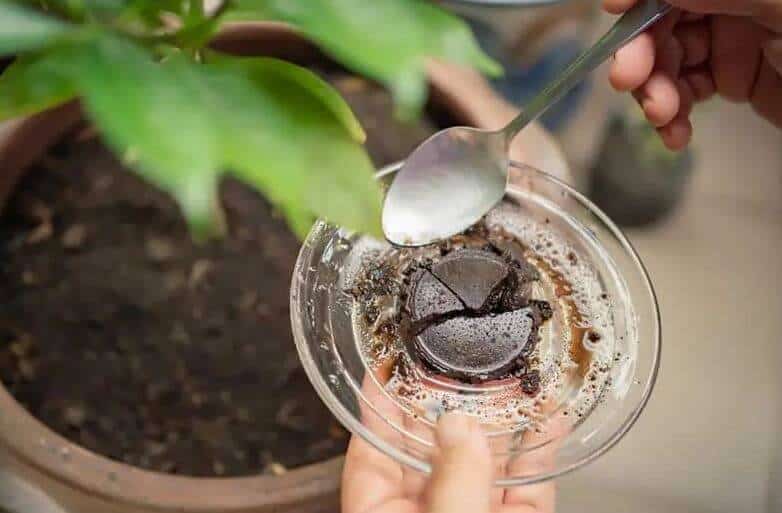Last Updated on September 17, 2023 by a Friendly Gardener
Leftover coffee grounds are often used as fertilizer in houseplants. They may benefit some plants, but much may depend on the kind of houseplant and how the coffee grounds are used. Coffee is an excellent supplement to fertilization in plants that prefer acidic soil beds. However, coffee should not just be added to the soil.
The method for incorporating the coffee becomes essential to reap the full benefits. Another added benefit to using coffee grounds as fertilizer is that you are repurposing them, hence reducing your carbon footprint and your organic waste.
Are Coffee Grounds Good for Snake Plants?
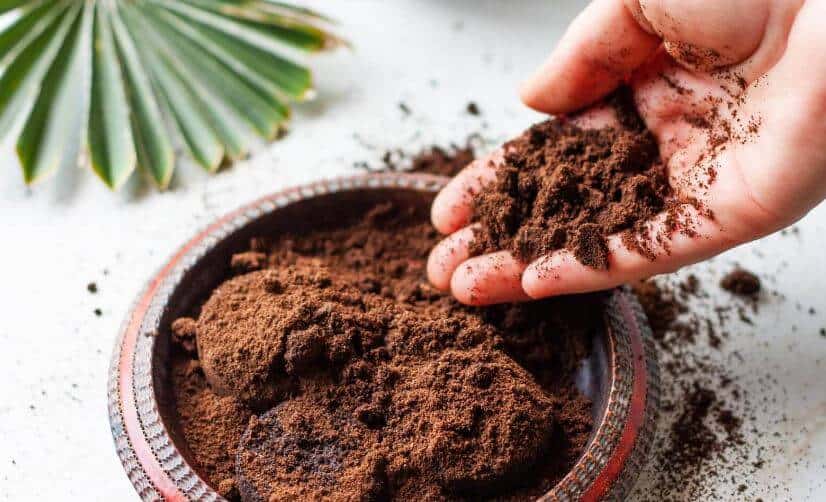
Snake plants should be fertilized once every couple of months during their growing season in spring and summer. Coffee grounds are a beneficial soil supplement because they are a natural organic matter that provides nutrients to the microfauna in the soil. As the microfauna consumes the coffee grounds, nitrogen and potassium are released into the soil. Coffee grounds contain plenty of nitrogen. These are minerals that snake plants need to thrive.
Coffee grounds for snake plants can also aid in stabilizing the soil’s pH. Oregon State University produced research indicating that used coffee grounds, which are slightly acidic, can assist in stabilizing soil acidity levels for pH measuring from 6.5 to 6.8. Although snake plants are not picky, they thrive in soil with this measure. Thus, making snake plants and coffee grounds a perfect partnership. Any mix of coffee grounds will do for fertilizing snake plants.
How Should Coffee Grounds Be Added to Snake Plant Soil Beds?

However, if you add fresh coffee grounds, it can delay the natural process of decomposition, mainly depending on how you add them. Unprocessed used coffee grounds need lots of time to decompose. Thus, just adding coffee grounds to the topsoil is ineffective for fertilization as it requires too much time to break down and may encourage an infestation of fungus gnats or mold growth. Spent coffee grounds should be dried thoroughly before adding them to the soil or compost mix. So, you should avoid heaping spent coffee grounds on the plant’s soil surface.
The most effective way to add coffee grounds to snake plant soil is to mix the coffee grounds with compost. The heat generated during the composting process will accelerate the coffee’s decomposition speed and release those beneficial nutrients into the mixture. When the coffee grounds have decomposed, the compost can be added to the soil mixture.
The most efficient method for adding coffee grounds for fertilization is to mix the potting soil and the compost well and then repot your snake plant. Thanks to the organic components, this permits home gardeners to offer a better soil consistency with adequate drainage and sufficient nutrients.
How Much Is Too Much?
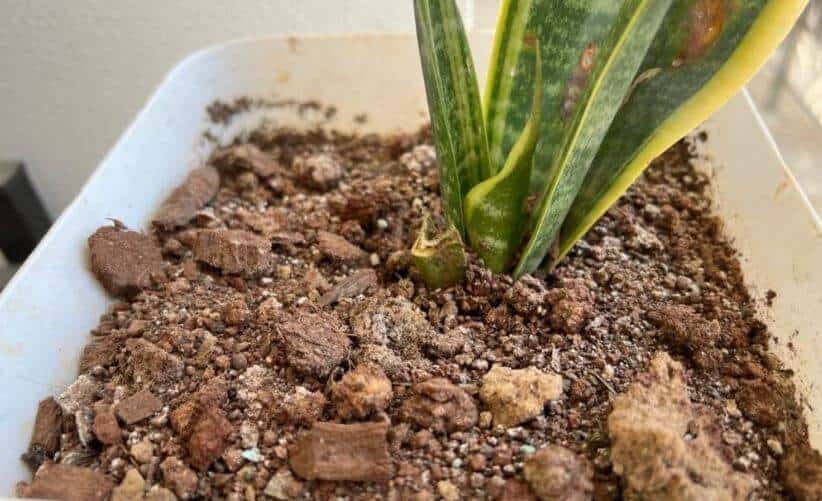
Adding too many coffee grounds to the soil as fertilizer is not recommended. If you have already supplemented your potting soil mixture with lots of nitrogen, adding more coffee grounds can upset the pH balance of the soil. Too much nitrogen can cause an overdose for your snake plant and stunt its growth.
Before adding coffee grounds to the soil mix, verify the last time you fertilized your snake plant’s soil, especially if the fertilizer had a high nitrogen content.
The proper amount of coffee grounds to add will depend on the composition of the soil mixture. If the soil bed has already been fertilized with sufficient nitrogen, adding coffee grounds would be ill-advised. Snake plants prefer a loamy, well-draining soil mix. Adding too much organic matter can also complicate the soil’s moisture retention, leading to fungal infections and root rot.
To be on the safe side, measure your plant’s soil pH before you add in coffee grounds. Should the soil become too acidic, it can damage the root system.
Beware If Your Snake Plant Shares a Container with Other Houseplants
Often, snake plants may be included in a houseplant composition in the same container because they are hardy houseplants that can tolerate various environmental conditions. This, however, presents a challenge when it comes time to fertilize. If all the plants in the composition are not acidic pH-loving species, there may be a problem. Some houseplants prefer alkaline soil pH, making coffee grounds an undesirable choice as a fertilizer.
Is It Possible to Make Liquid Coffee Fertilizer for a Snake Plant?
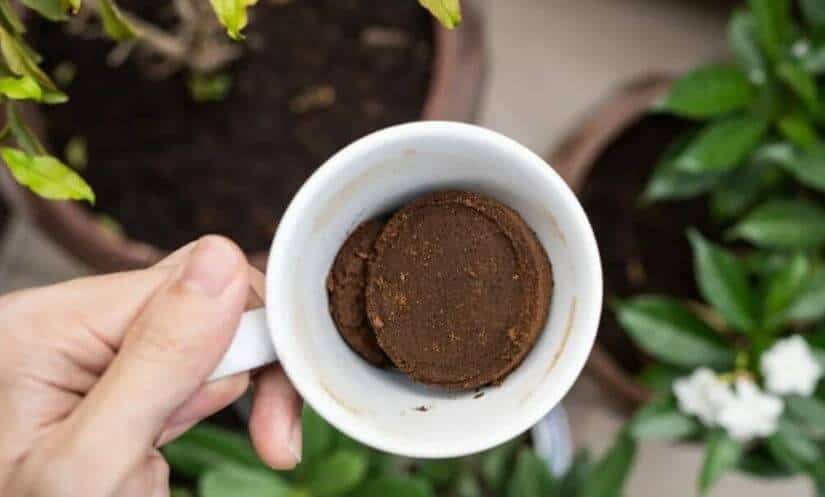
Yes, it is possible. You can use coffee grounds to fertilize in a liquid form. Brew the used coffee grounds into a weakened liquid. Then, you can apply it to your snake plant like any commercial liquid fertilizer.
- Boil a pot of water.
- Add the used coffee grounds and filter into the boiling water.
- Leave the mixture to steep for several days.
- Remove the filter and strain the coffee grounds out.
- Apply the diluted coffee liquid to your snake plant.
Are Coffee Grounds Sufficient as a Fertilizer for Snake Plants?
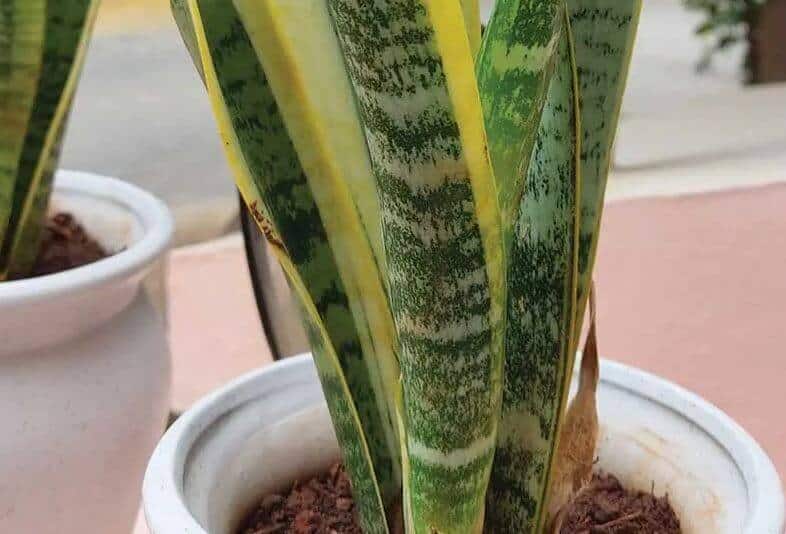
No, they are not. While coffee grounds are high in nitrogen content, they do not provide adequate phosphorous or potassium alone. Hence, when fertilizing your plant, you should alternate between spent coffee grounds and a balanced liquid fertilizer so that the plant receives all the nutrients it needs to thrive.
Can Coffee Grounds Be Used for Other Treatment of Snake Plants?
Yes, coffee grounds are also employed as mulch to aid the soil in moisture retention and prevent it from drying out. The soil surrounding the plant’s base can be covered with spent, dried-out coffee grounds. Then, water your plant. Each watering will release some nitrogen into the soil, protecting the plant and strengthening its health.
In Conclusion
Your sake plant will benefit from an occasional feeding of coffee grounds, especially during the growing season, and they can improve the soil’s acidity. However, coffee grounds must be diluted before they can be applied to your snake plant to prevent root system damage and reap the full benefits of fertilization with them..

